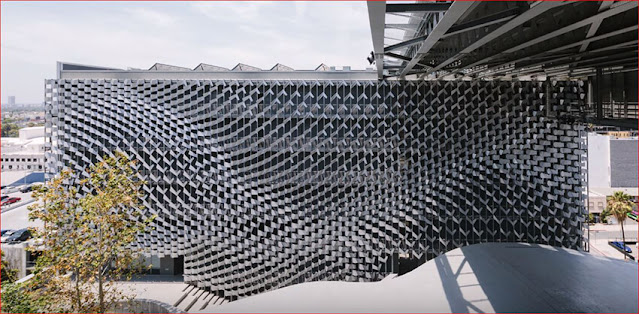The next big thing: 5 architectural facade design trends
Building facades are approached is changing. In addition to their waterproofing, insulation, and aesthetic functions, facade design now encompasses energy efficiency, which adds another layer of complexity to the process. Further, facade engineers have access to a greater number of materials, and developments in technology allow them to do more with what they have.
Design approach
Facade Design describes the current approach to facade design in commercial architecture as the pursuit of the iconic. This is an approach that values the unique presence of the classics and attempts to create designs that will be remembered.
This is not to say that the aesthetic aspect of a facade is the only consideration, or at least, it shouldn't be. As previously mentioned, waterproofing and insulation are just as important as aesthetic features, but with new technology, facades can make even more meaningful contributions to the buildings they envelope
Today's design approach is one that balances striking visuals with classic functionality while incorporating smart new technologies to boost efficiency
Materials
Developments in technology mean materials are easier to produce in bulk and easier to manipulate for particular applications. Producing thousands of perforated metal sheets, for example, is far simpler and less time-consuming than it would have been in eras past.
Facade materials need to strike a delicate balance of allowing natural light to enter the building, but the restricting glare from the sun
This can be achieved using open profiles or screens oriented in such a way to allow the all-important passage of natural light while still offering optimal protection from direct sunlight. Traditionally, many facade engineers opted for glass to provide natural light to space,
Sustainability
Sustainability is another factor of facade design that is more important now than ever. In this context, sustainability is all about reducing the footprint – using smarter materials, optimizing design and layout.
One of the key strategies here extends from our last section. We covered how materials like glass and open-profiled metal sheets allow the entry of natural light, but the reason for this is to reduce the volume and intensity of indoor lighting. More natural light means less reliance on the electricity grid, which ultimately reduces energy spend.
Facades are generally oriented so they can respond to solar movement. Depending on the local climate, facades can also prevent heat loss, or maintain cooler temperatures inside the building. Again, this reduces the amount of energy building managers need to use to keep the environment comfortable for those using it.
Green facade
Green building facade design and vertical garden design. They are slowly making their way up the ladder, becoming more common by the day.
It’s the best positive event happening in today’s urban life. To achieve that architects should come up with new ideas and concepts in green architecture and green facade design.
plants are the best ones for green facades? It strongly depends on the climate of the site and the method of climbing plant attachment. Selecting a proper and safe support system plays an essential role in green facade design. It can be a cable or a trellis.
Organic facade
here are some misconceptions around organic architecture like having tree forms or bringing nature into your buildings, or something like this. But these concepts are especially for sustainable architecture, as I said above.
In Organic facades, you can choose free forms, but the forms should follow architectural rules, such as harmony and balance. Nature patterns are the best source of architectural concepts in organic design. Though they may seem free-form, they follow strict and efficient rules helping them respond well to their environment’s strains.







Comments
Post a Comment